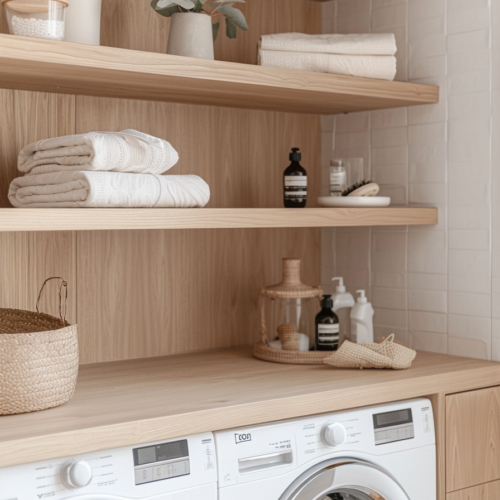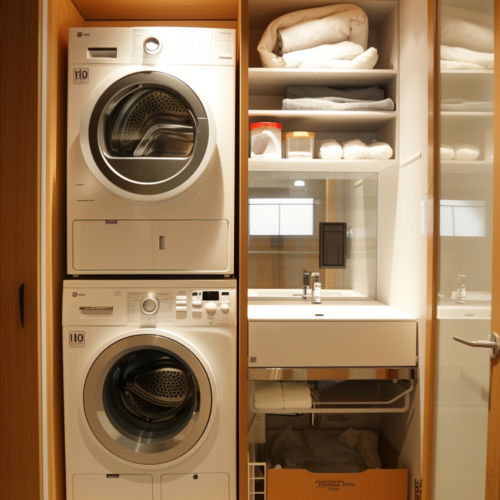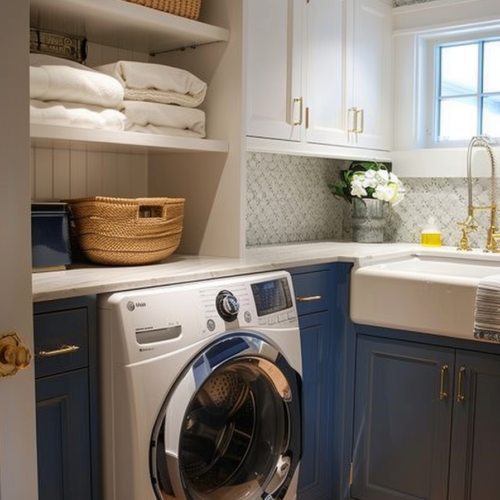Hanging plants are an excellent way to bring greenery and life into any space, from small apartments to expansive atriums. Strategically placed hanging plants can help delineate spaces, direct foot traffic, create focal points, soften hard edges, and add interest to blank walls and ceilings.
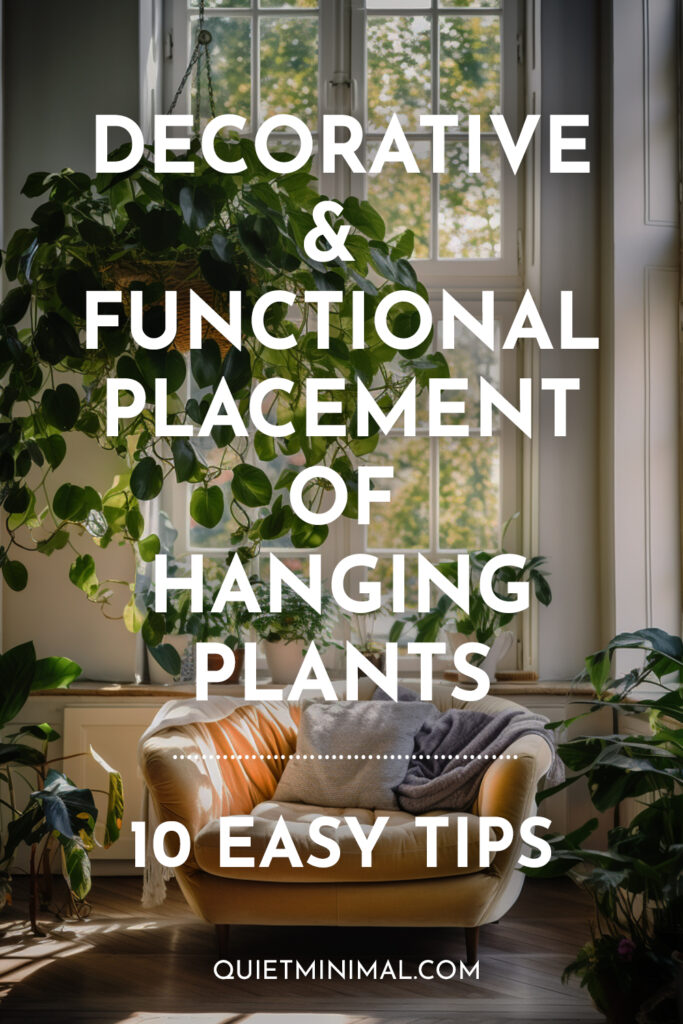
When thoughtfully incorporated, hanging plants transform sterile environments into living sanctuaries.
This article will provide creative ideas and best practices for installing hanging plants in your home or office. We’ll explore hanging plant basics like lighting and watering needs, provide style suggestions for various rooms, and share clever DIY tricks. By the end, you’ll have the knowledge and inspiration to create your own hanging garden oasis.
Choosing Hanging Plant Locations
When deciding where to place hanging plants, first consider the room’s lighting and circulation patterns. East or west-facing windows provide suitable bright, indirect light for most hanging foliage.
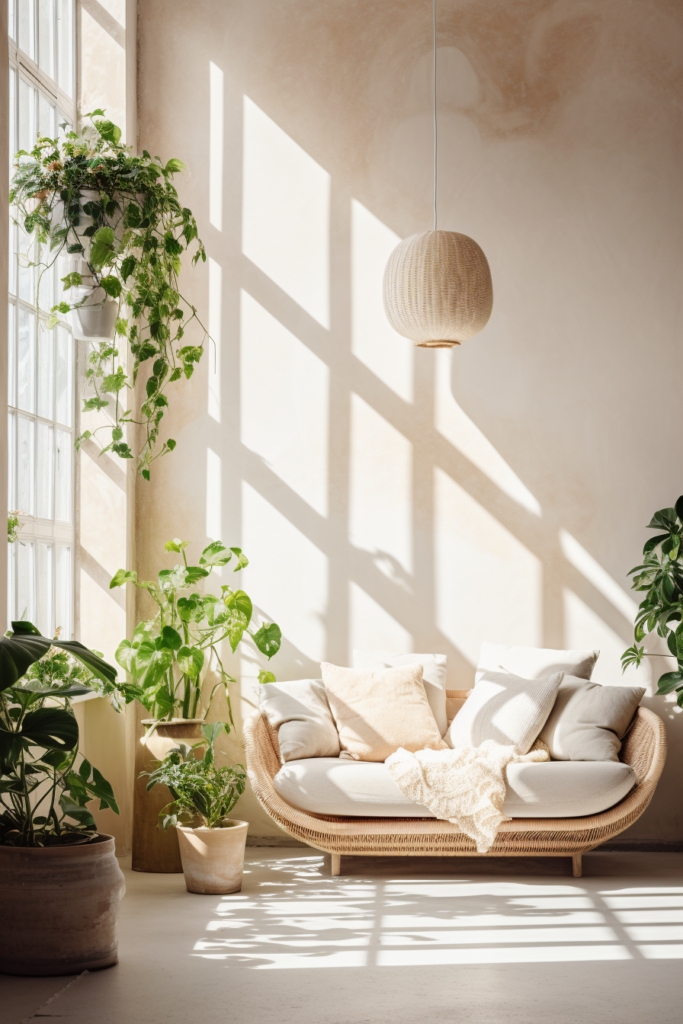
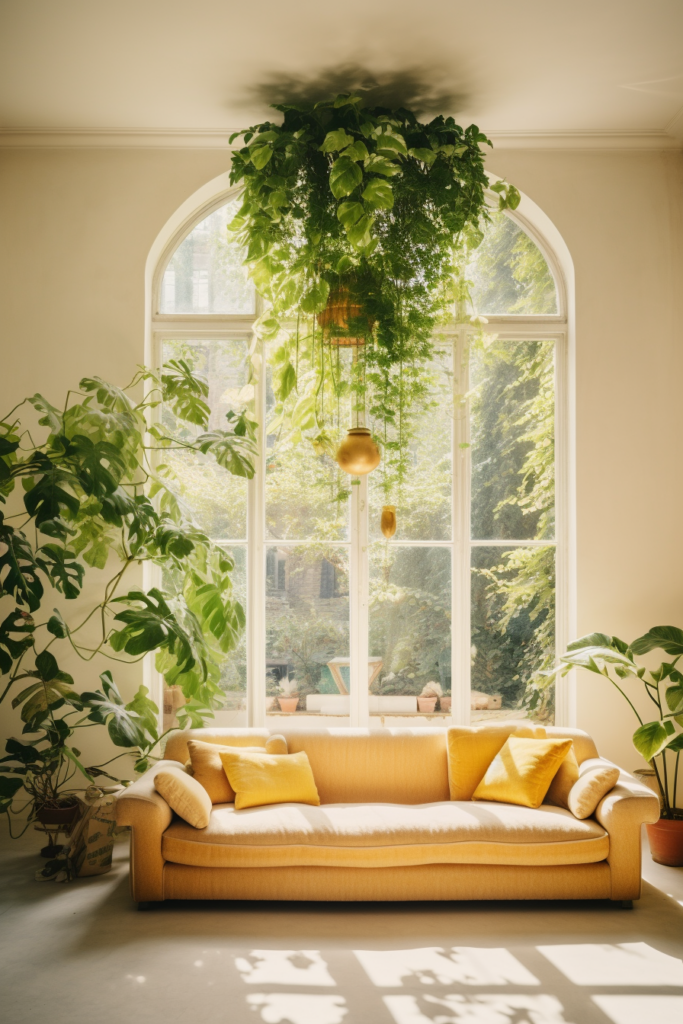
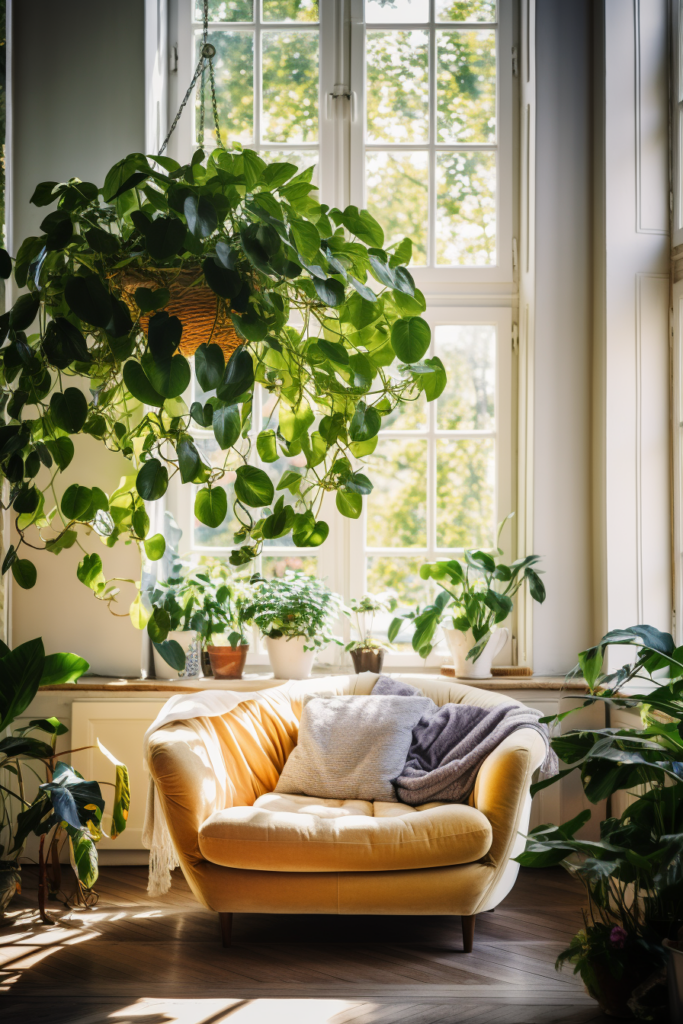
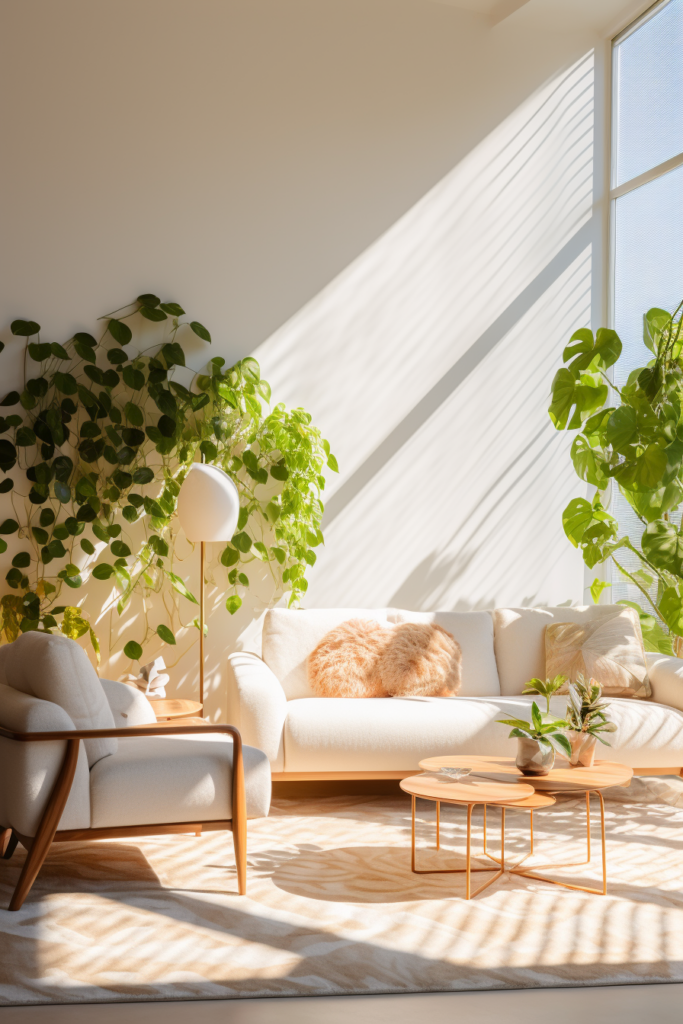
Avoid locating plants in dark corners or narrow hallways where they may get crushed. Think about where you spend the most time in a space and highlight those areas.
Takeaways:
- Consider lighting needs and sun exposure
- Avoid dark corners and high-traffic zones
- Emphasize seating/conversation areas
Selecting Complementary Hanging Plants
Match hanging plants to the room’s style and purpose. For modern spaces, choose clean-lined air plants or flowering orchids. In bathrooms, trailing ivy or philodendron suits the humidity.
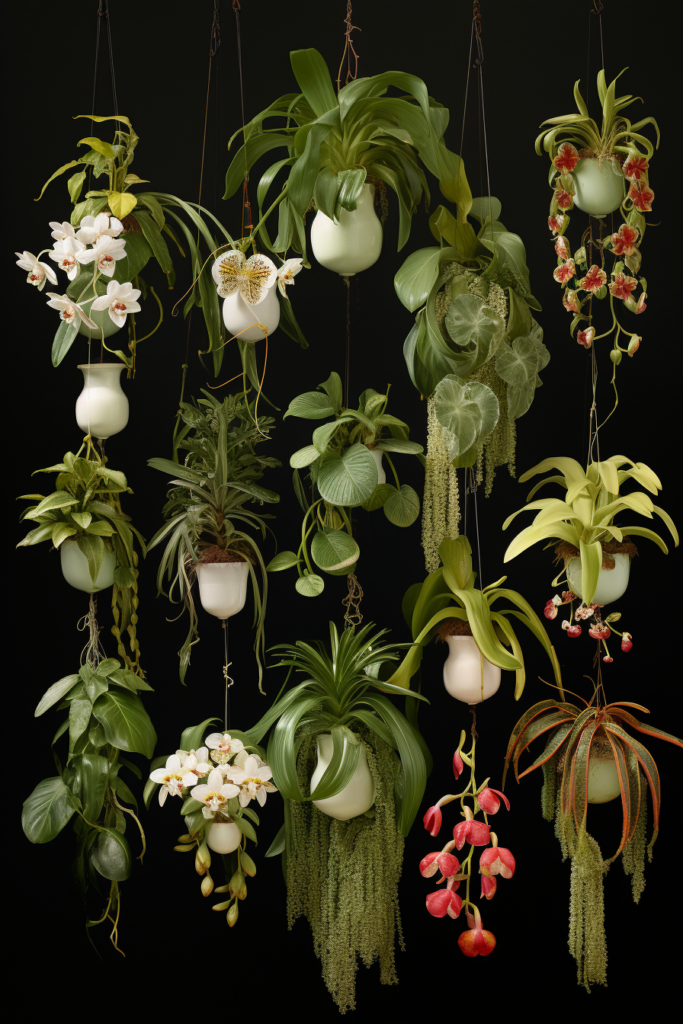
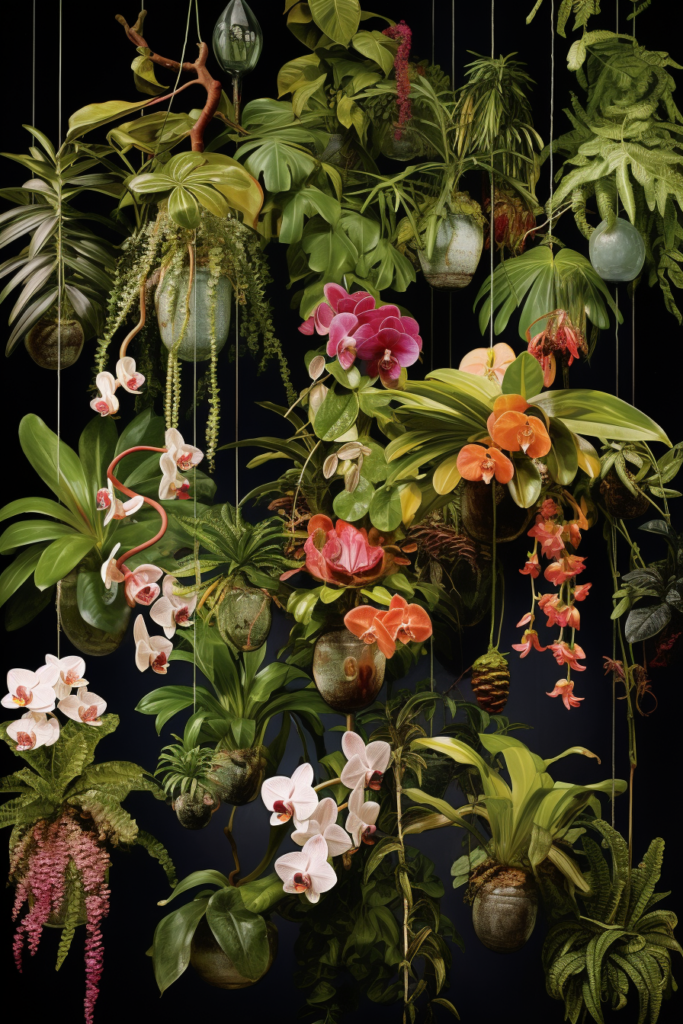
Bold banana plants and spider plants work well in masculine dens, while delicate ferns and Peperomia fit better in living rooms.
Takeaways:
- Tailor plant selections to the room
- Consider lighting and humidity needs
- Orchids for modern; ferns for feminine
- Banana and spider plants in masculine spaces
Hanging Plants to Define Spaces
Use hanging plants to delineate spaces and direct foot traffic flow. Define sitting nooks in open-concept homes with flowing vines above chairs.
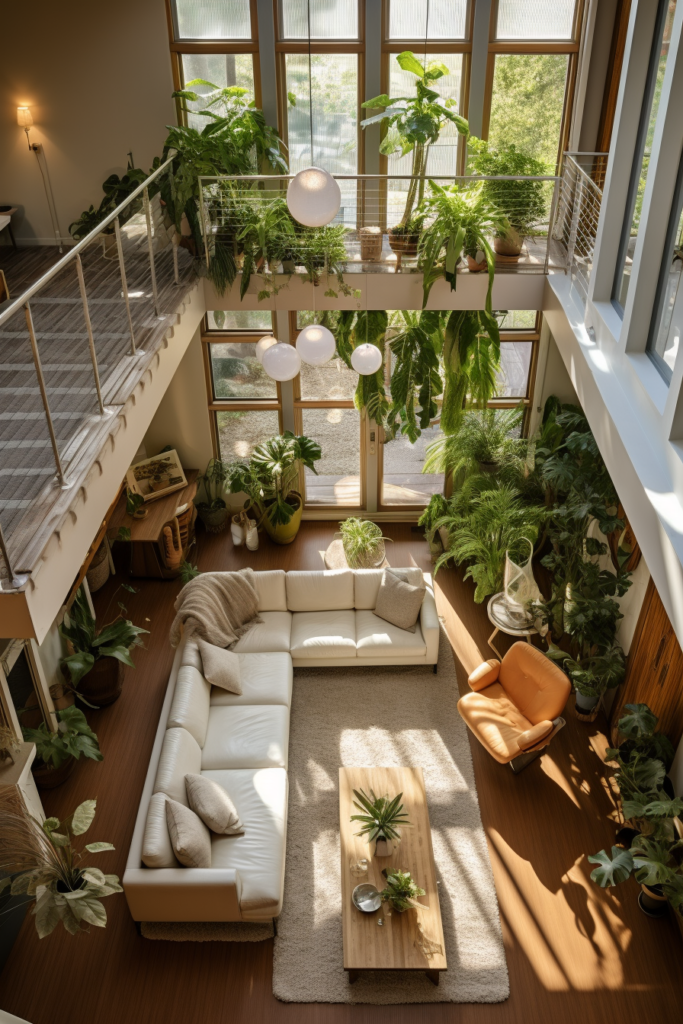
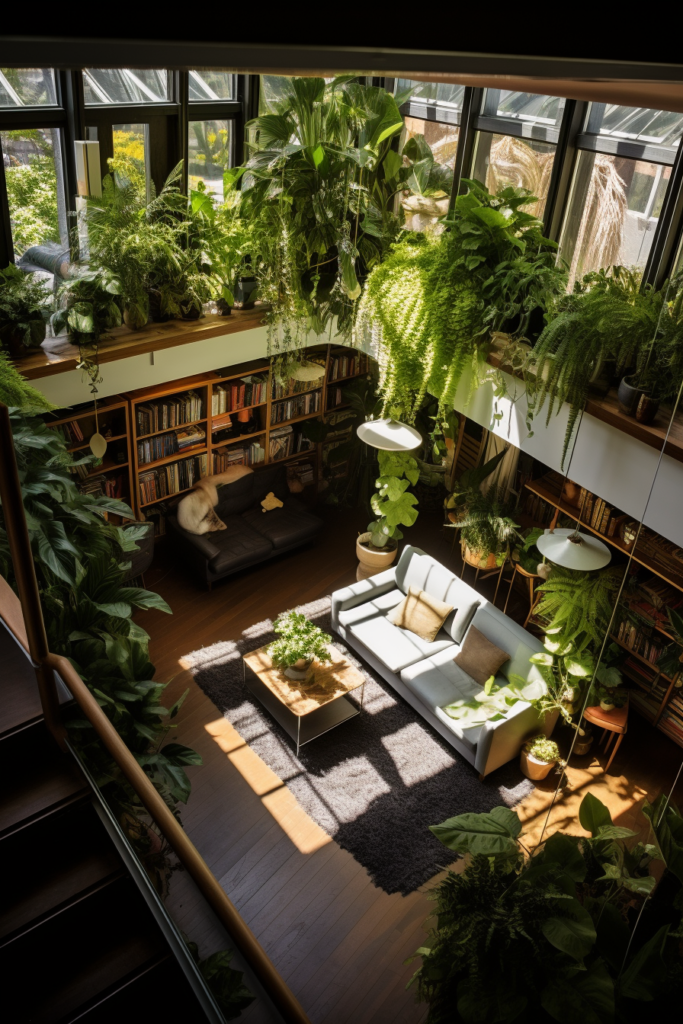
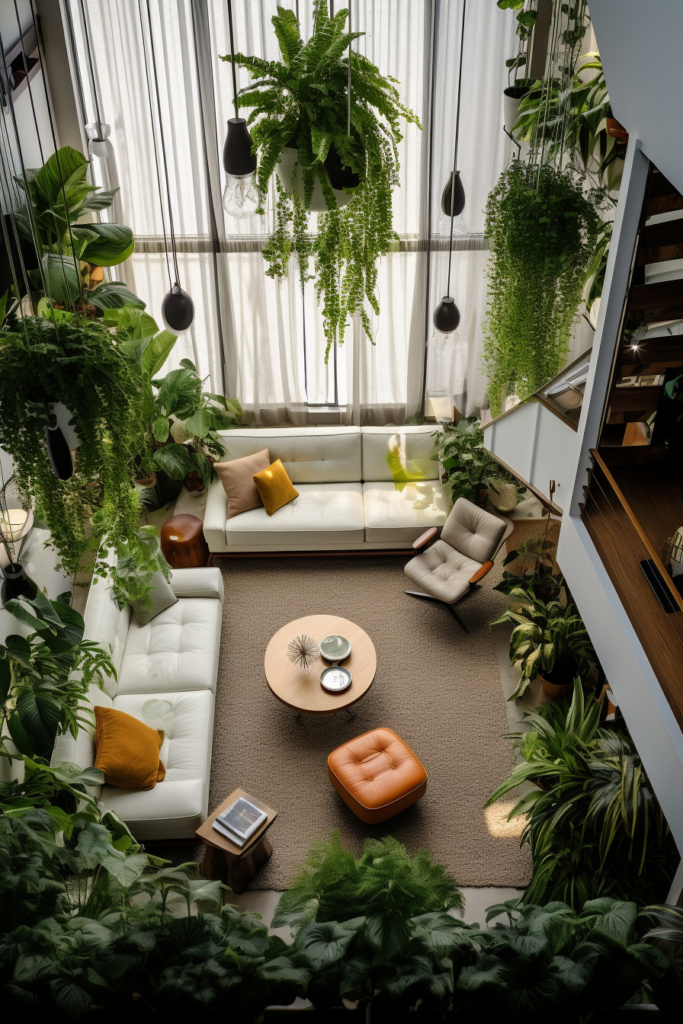
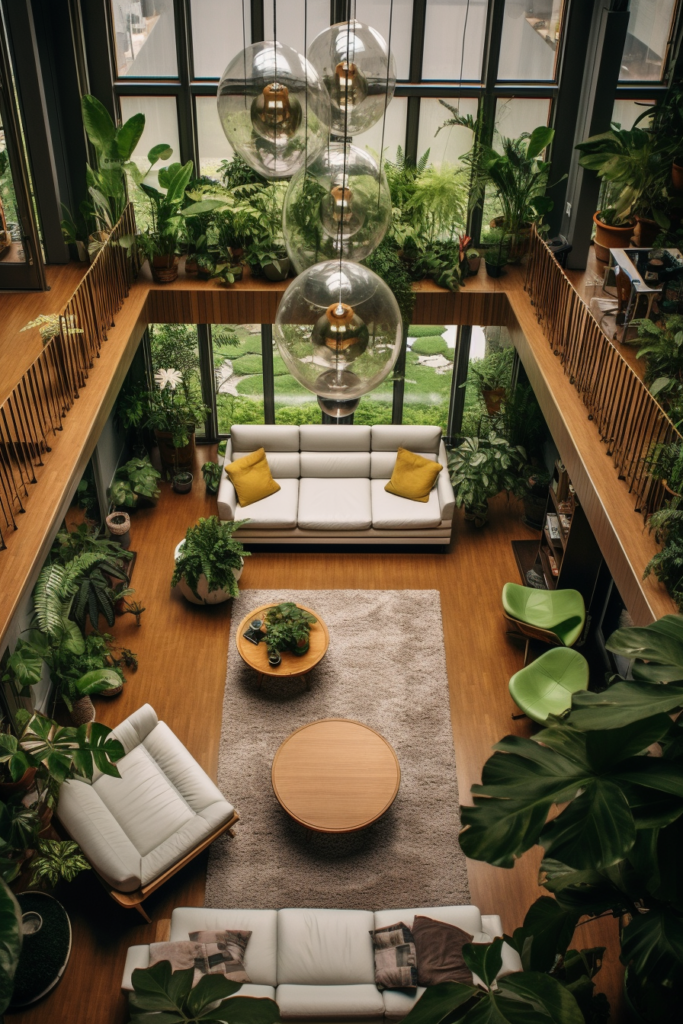
Direct walkways in offices and hallways by framing paths with suspended plants. Use hanging plants to soften room transitions by placing them in doorways and arches.
Takeaways:
- Soften room transitions with doorway plants
- Frame paths to direct foot traffic
- Designate cozy sitting spaces
Hanging Plant Focal Points
Create striking hanging focal points using collections of vines, air plants, or flowering specimens cascading from a single eye-catching pot or woven nest. Alternatively, make a bold statement by suspending a large, sculptural plant like a staghorn fern.
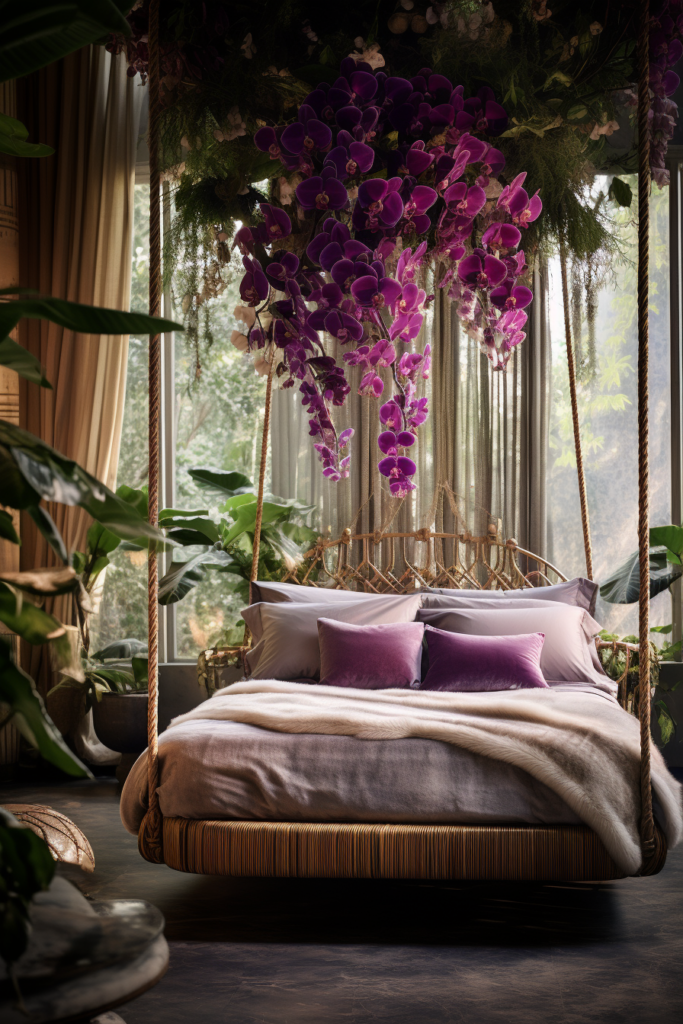
Position these accent pieces near seating areas, above beds, or in-room centers to draw attention.
Takeaways:
- Collections of varieties create lushness
- Sculptural staghorn ferns make bold accents
- Place focal point plants near seating/beds
- Draw the eye to centerpieces
DIY Hanging Plant Holders
Don’t limit yourself to basic hanging pots and baskets. Give used items new life by repurposing them as plant holders. Vintage birdcages, mason jars, macramé webs, wire baskets, and driftwood all work beautifully. Or get creative making sculptural modern cement planters or colorful yarn cocoons.
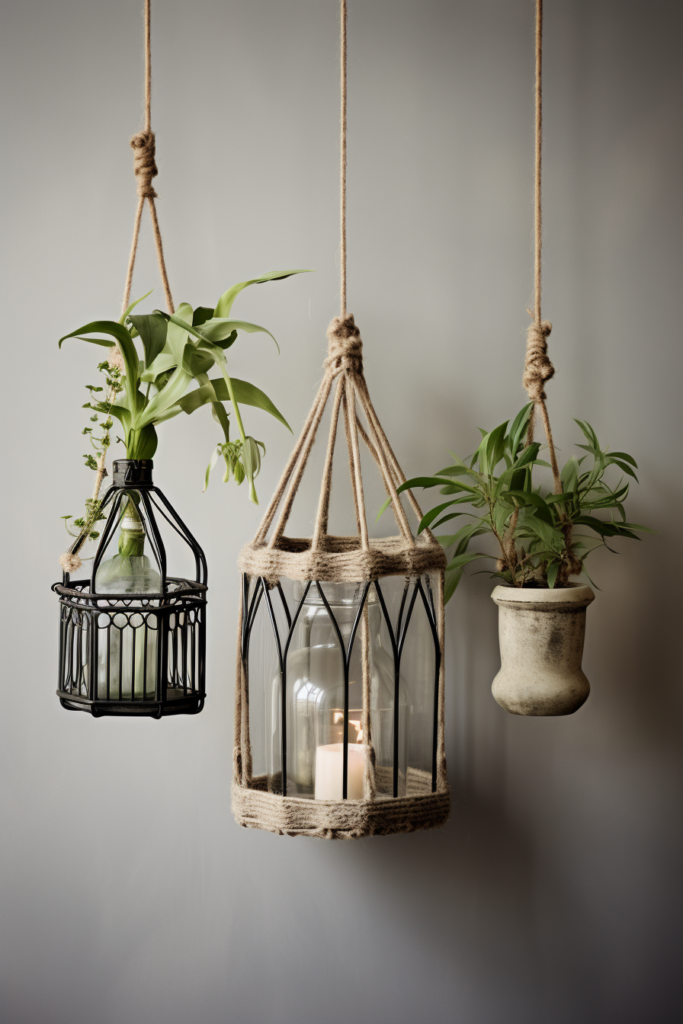
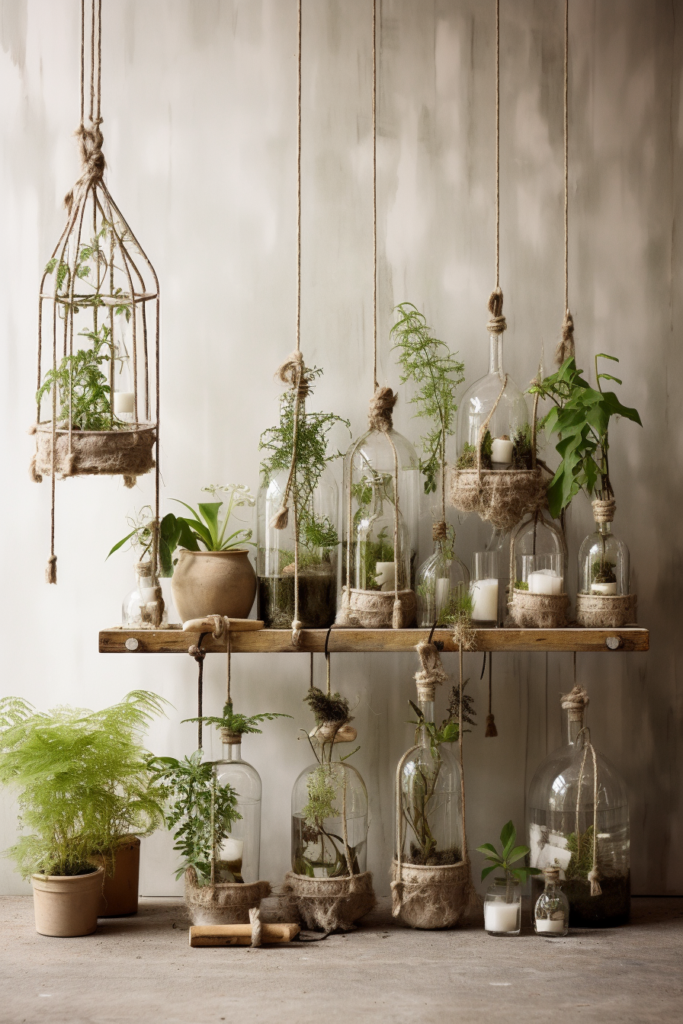
Takeaways:
- Repurpose birdcages, jars, baskets
- Make cement planters or yarn nets
- Use wire, mesh, driftwood
- Give used items new life
Hanging Plants for Low Clearance Areas
Take advantage of awkward sloped ceilings, interior atriums, stairwells, and other high vertical spaces ideal for hanging gardens. Prioritize low-growing trailing plants that won’t quickly overgrow the space.
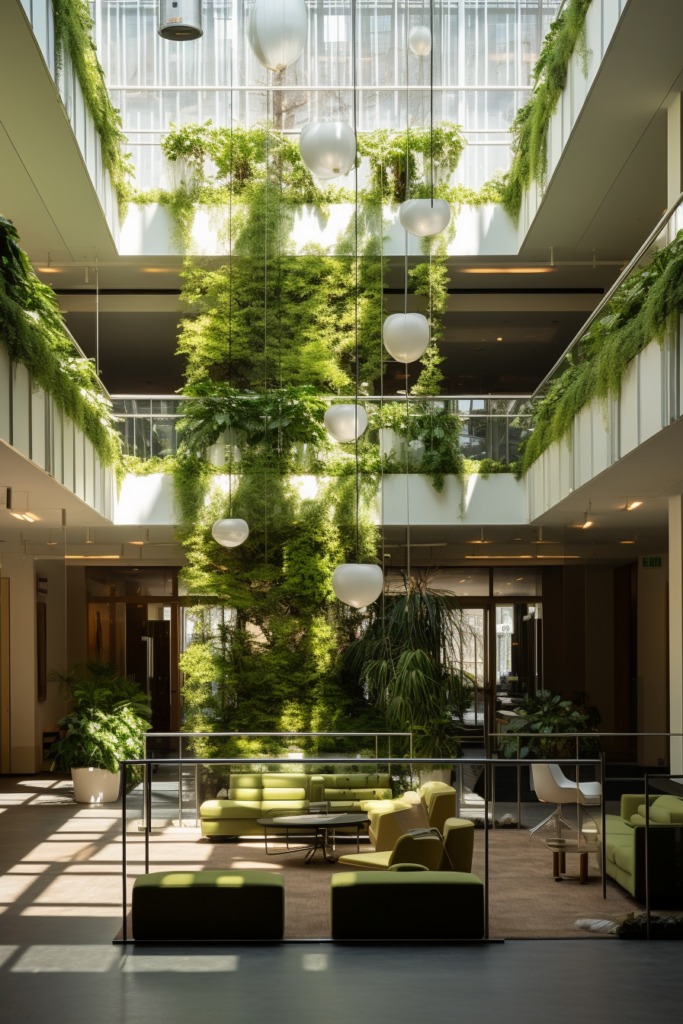
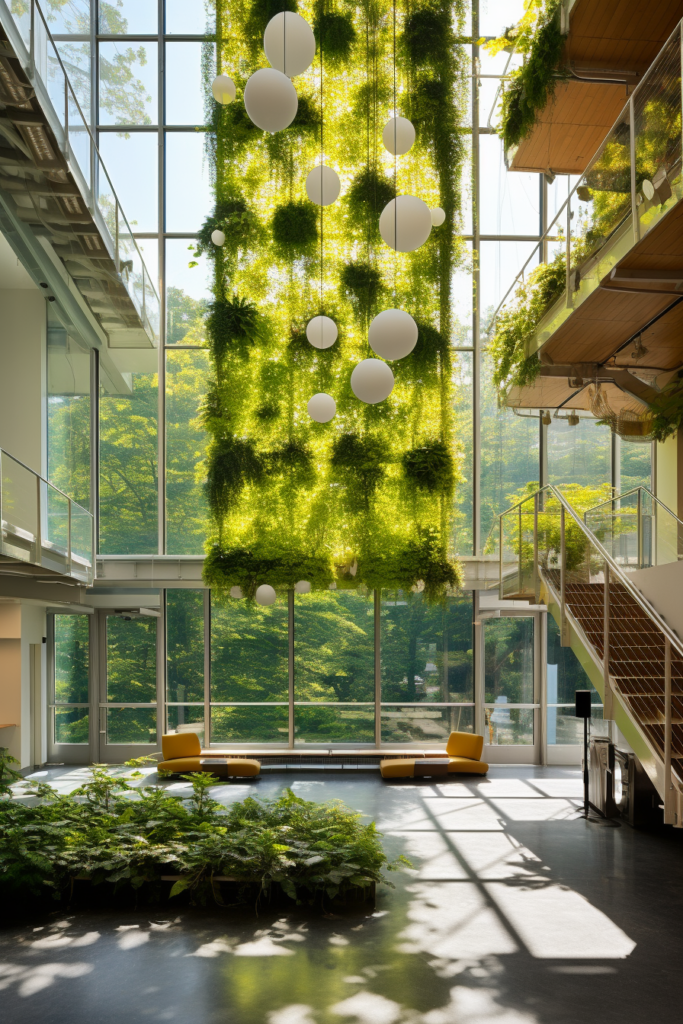
Small-leaf philodendrons, spider plants, mosses, and succulent collections are great choices.
Takeaways:
- Trailing philodendrons, spider plants, mosses
- Succulent groupings stay compact
- Don’t overplant – leave negative space
- Take advantage of tall vertical spaces
Lighting Needs for Hanging Plants
Fortunately, many popular hanging plants tolerate lower light conditions. But brighter spaces allow for more variety. East, west, and south-facing rooms work best.
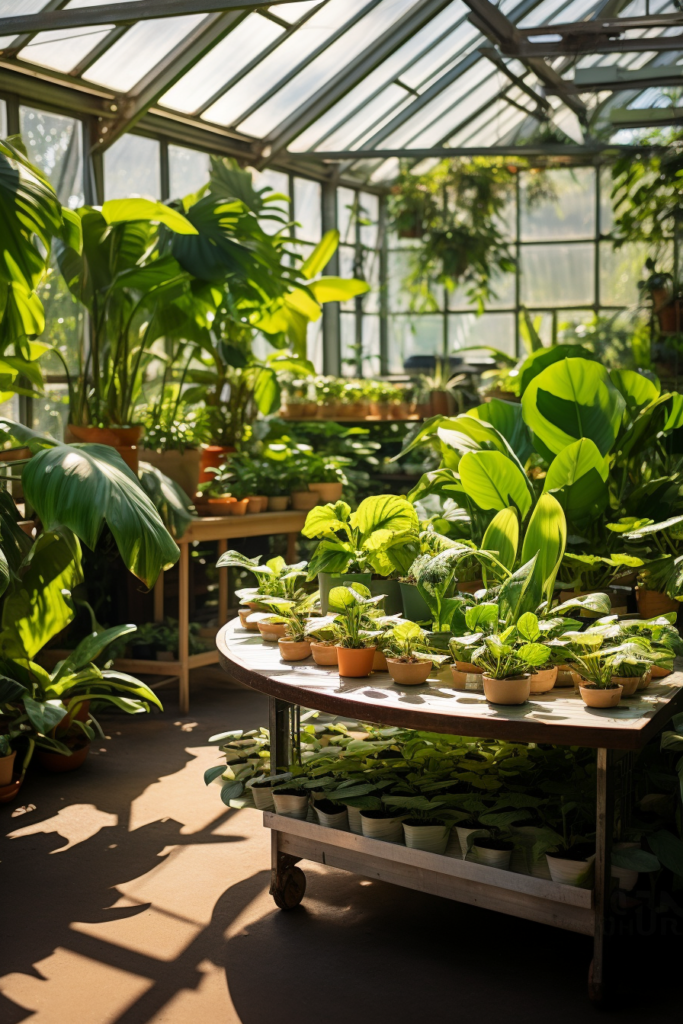
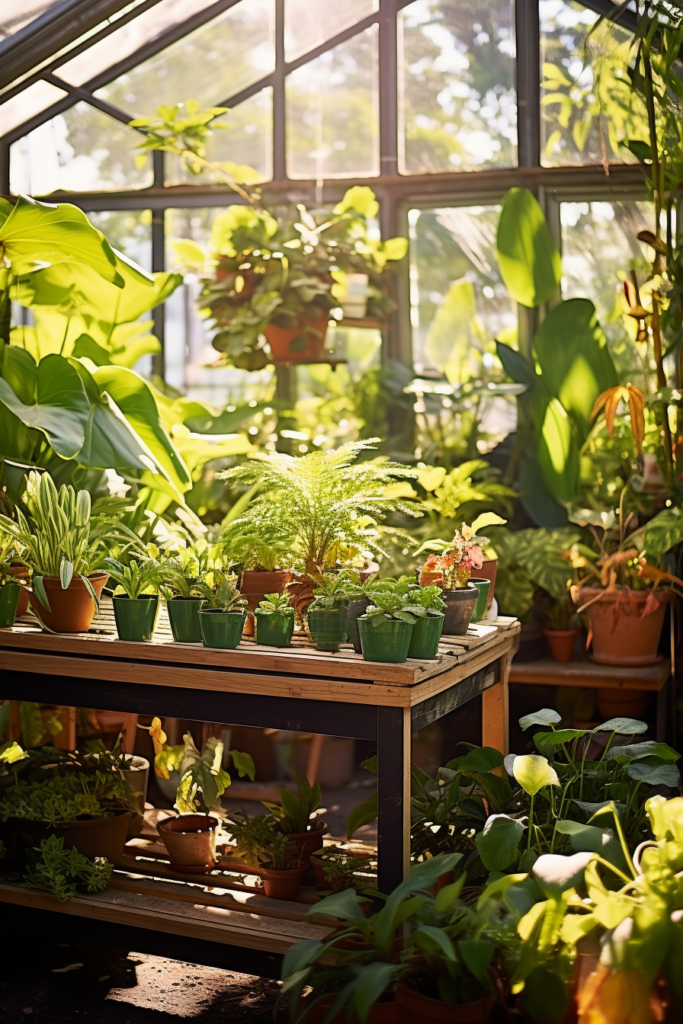
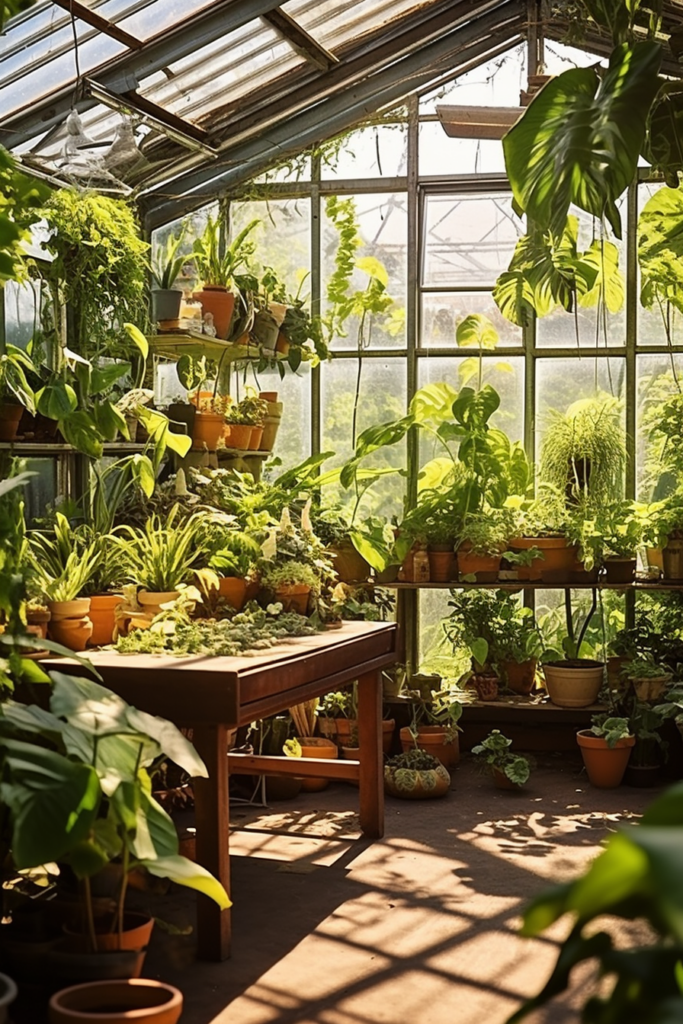
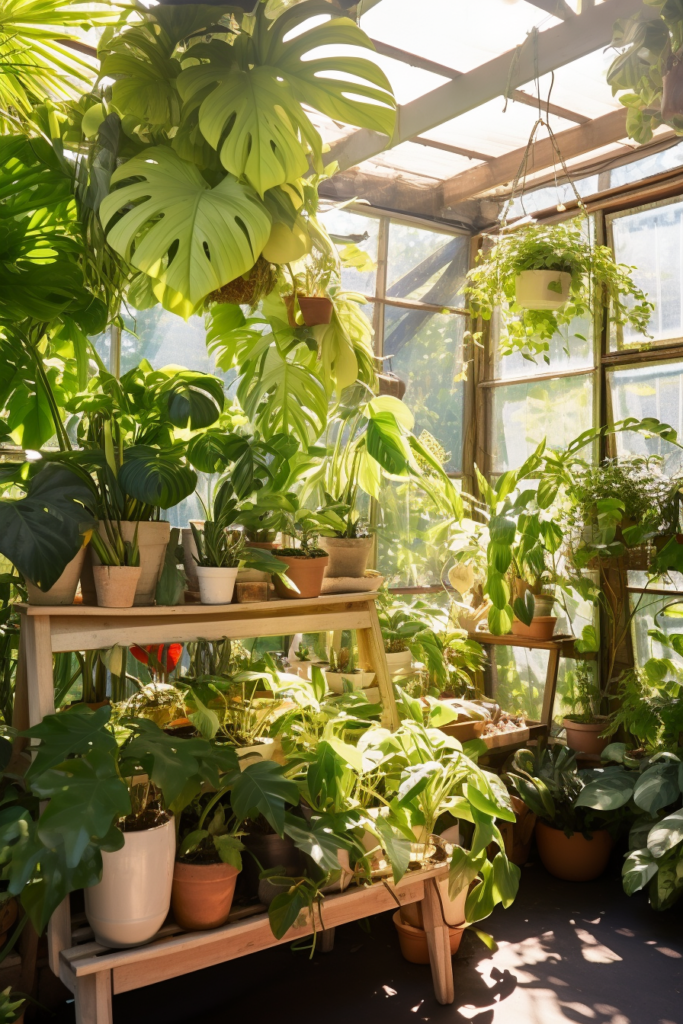
Supplement with grow lights as needed, especially in winter. If possible, position plants within several feet of brightly illuminated windows.
Takeaways:
- South, east, and west light is best
- Supplement with grow lights
- Locate plants near windows when possible
- Low light plants: philodendron, pothos, ferns
Watering and Maintenance
Check hanging plants daily to assess water needs; allow soil to dry between waterings. Remove any spent leaves or flowers to maintain a tidy appearance. Prune overgrown tendrils.
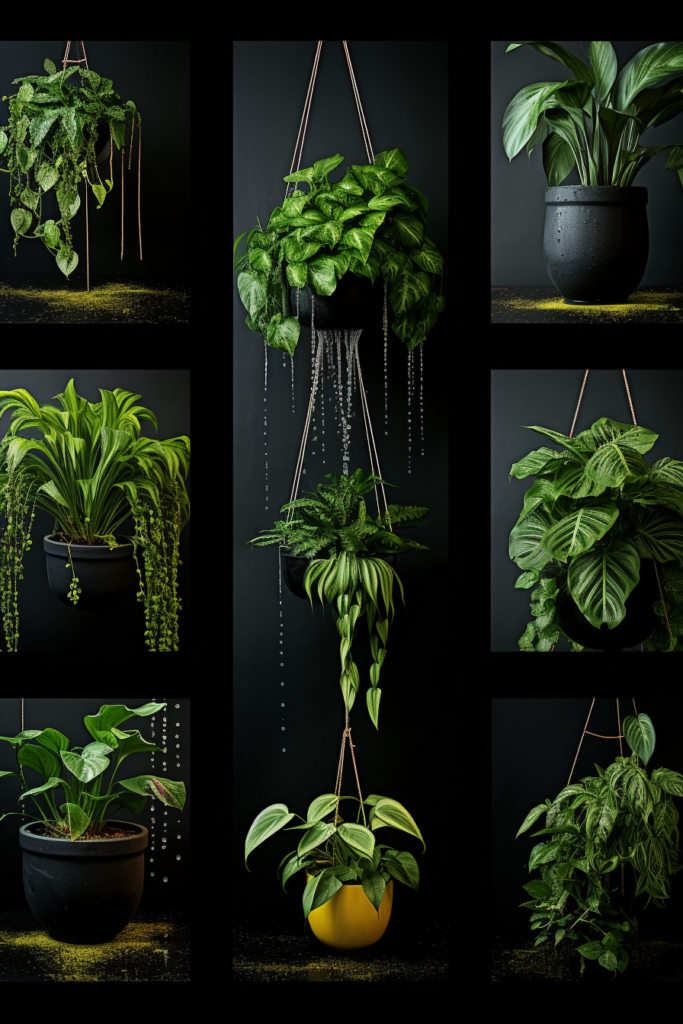
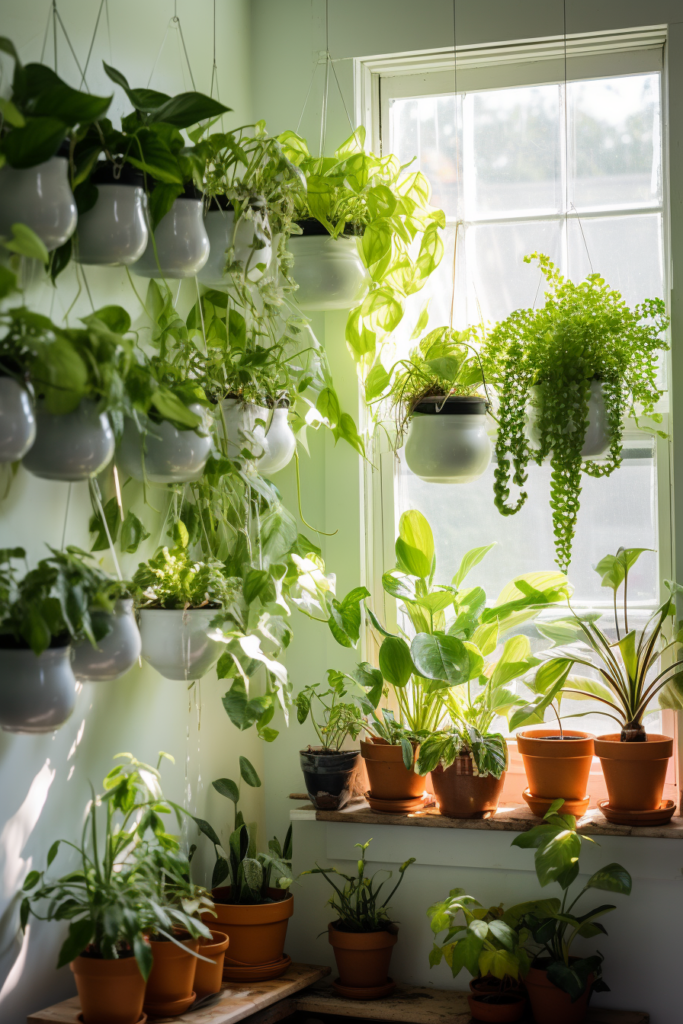
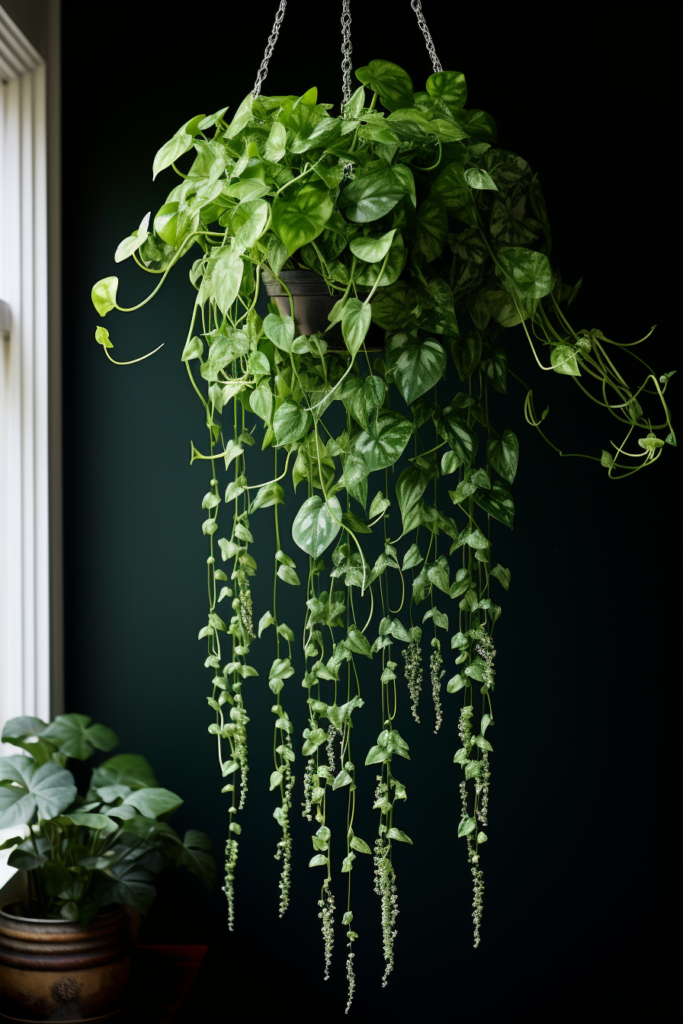
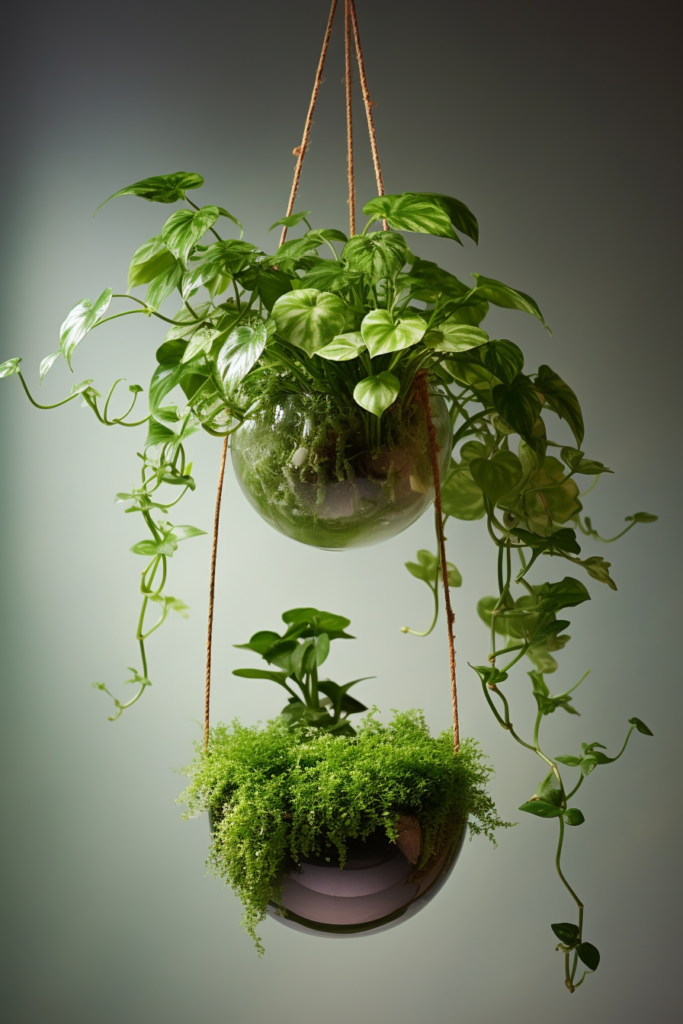
Fertilize monthly during spring and summer. Take plants down periodically, inspect attachments, prune aggressively, and replace aging support structures.
Takeaways:
- Water when the top several inches of soil are dry
- Remove spent leaves/flowers
- Prune overlong tendrils
- Fertilize in spring/summer
- Take down inspect attachments seasonally
Creative Hanging Plant Displays
Get creative with multi-layered hanging gardens. Mount shelves or floating boxes of various lengths specifically for plants. Stagger hanging plants at different heights using coiled rope or cables.
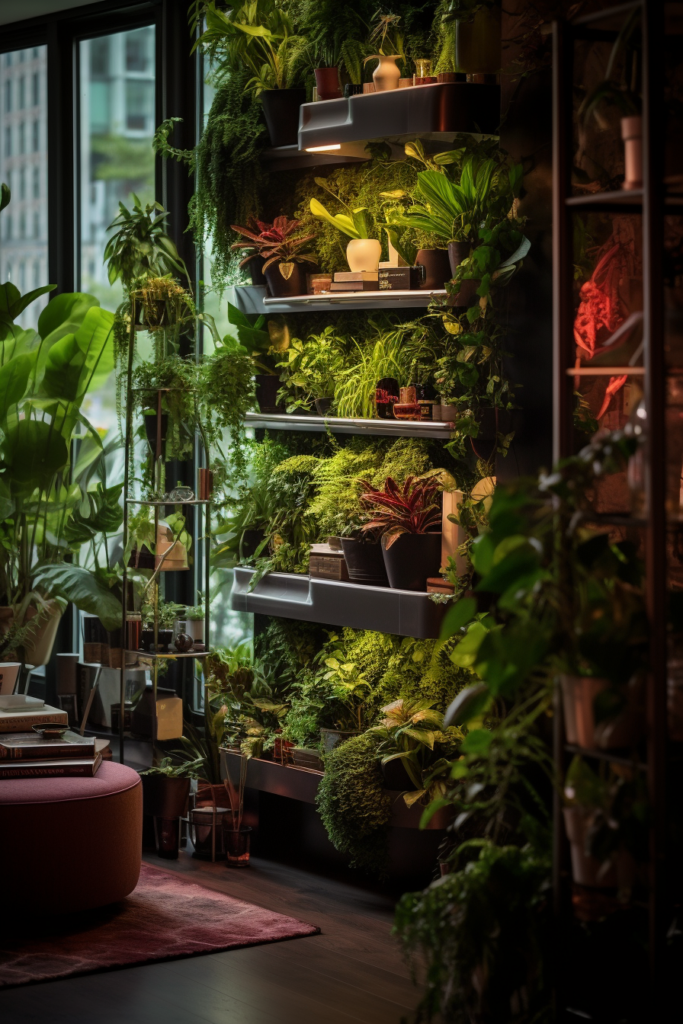
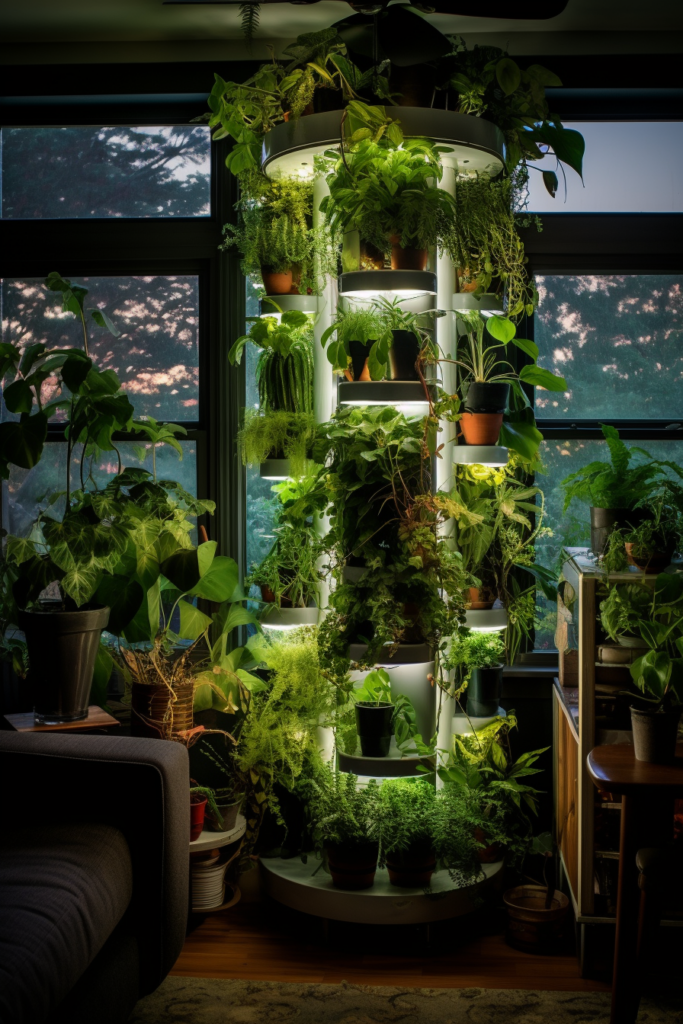
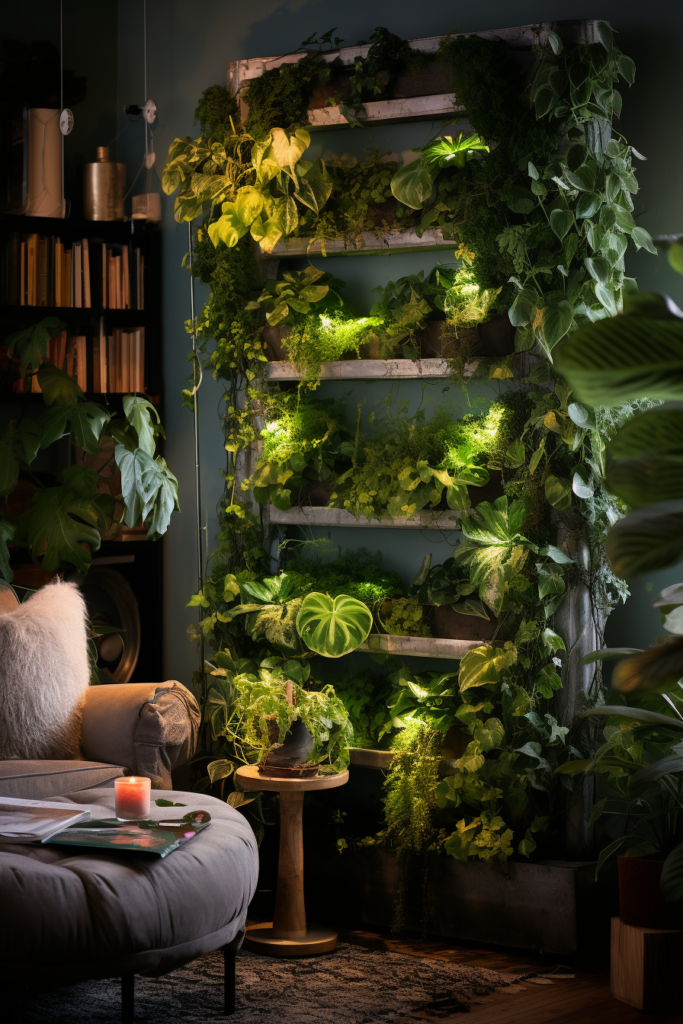
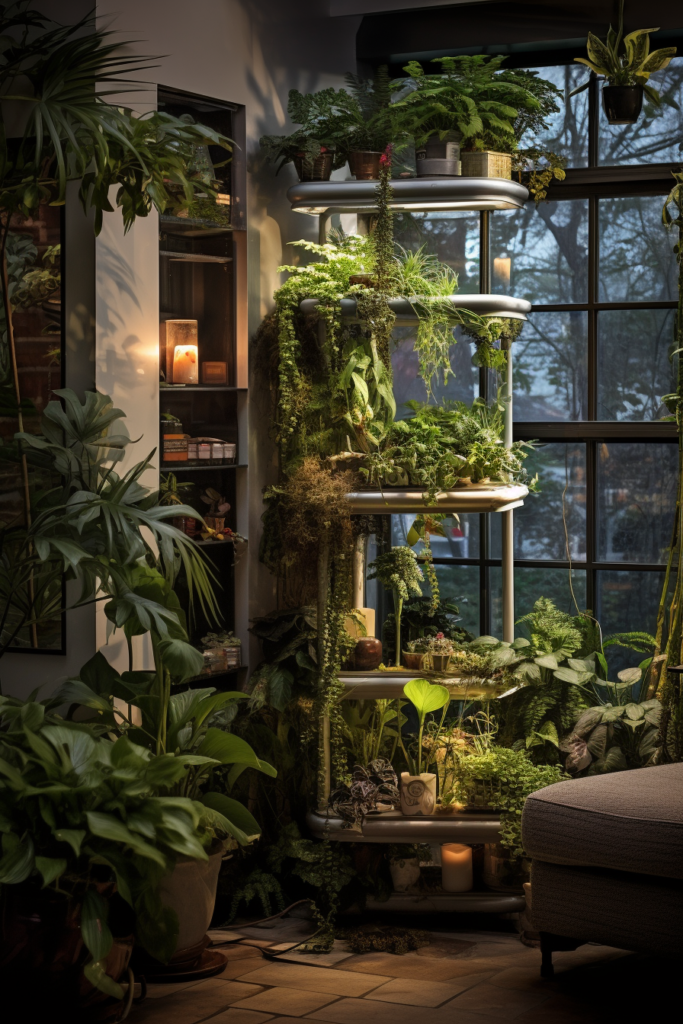
Introduce vertical elements like moss poles or cascading wood to allow plants to climb.
Takeaways:
- Install floating shelves and staggered heights
- Use coils cables for multi-level plants
- Add moss poles and wood for climbers
- Layer different varieties and shapes
Hanging Plant Inspiration
There is an abundance of stunning inspirational hanging plant displays on platforms like Instagram and Pinterest. Search terms like #hangingplantideas, #urbanjungle, #bohohome, #jungalow, and #urbanplants yield creative images. Study photos of spaces similar to yours, noting promising plant types and display methods for inspiration.
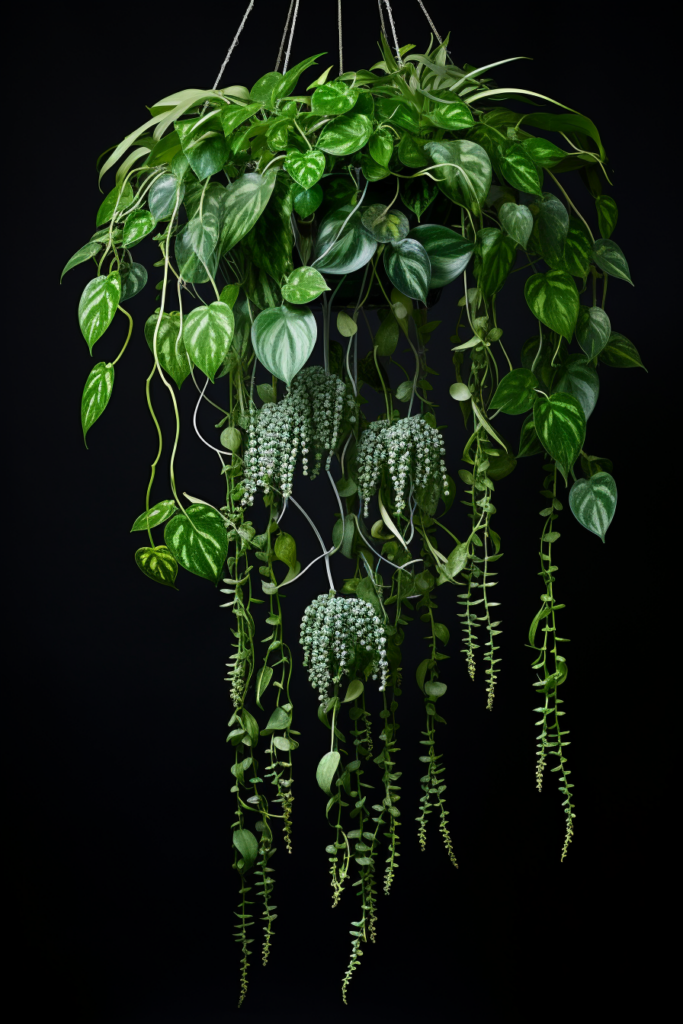
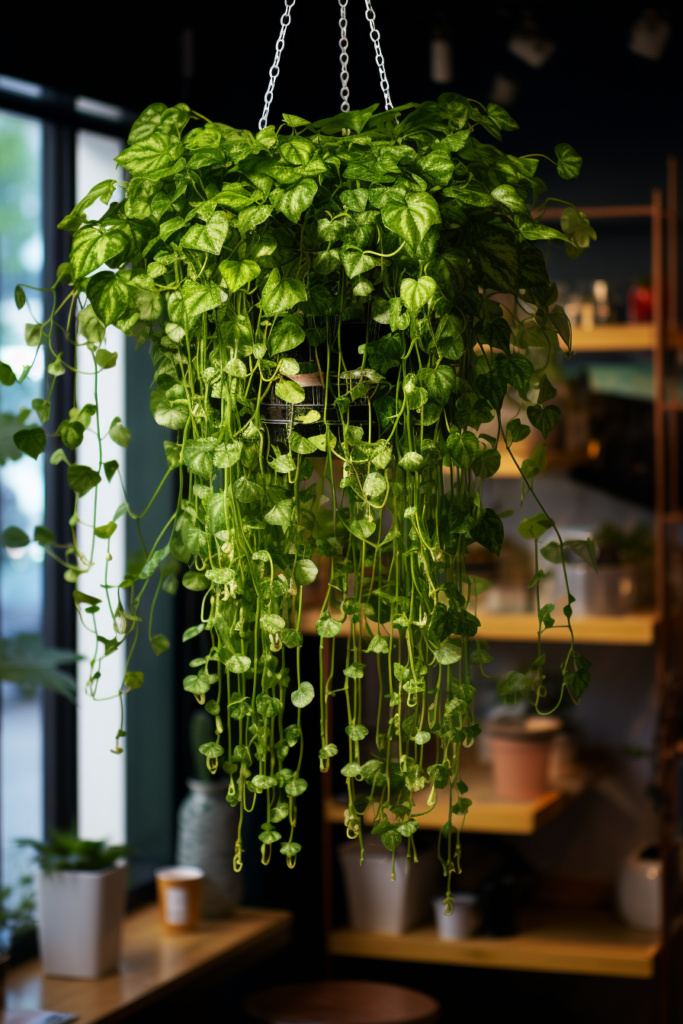
Takeaways:
- Search inspirational hashtags
- Save photos of promising plants/displays
- Focus searches on similar spaces
- Note effective pairings and arrangements
Conclusion
With the proper selection, placement, care, and creativity, hanging houseplants can greatly enhance any indoor space. Transform boring corners into botanical accents, soften hard edges, and direct eyes to verdant focal points.
Experiment with visually captivating plant varieties creatively displayed at varying heights and layers. Soon, you’ll have your own Instagram-worthy indoor hanging garden.
Follow Quiet Minimal on Pinterest for more home design tips and inspiration.
